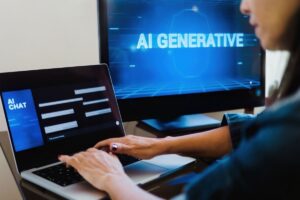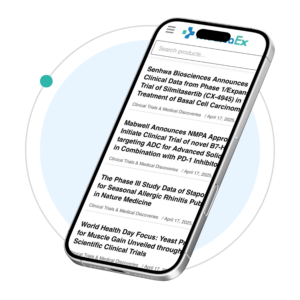Table of Contents
The promise of artificial intelligence (AI) is finally coming true – from diagnostics to surgery, machine learning and medical robotics are performing tasks once reserved for humans. Nowhere is this truer than in medicine. Whether it’s medical robots conducting minor surgeries or AI diagnostics, healthcare will never be the same again.
Moving Towards Health Management
Unlike previous medical advances – antibiotics, vaccines, and germ theory – AI isn’t an adjunct to existing practices. Collectively, big data and machine learning are rethinking our entire approach to healthcare, away from delivering treatment and towards health management.
A 2020 analysis estimated that AI integration with the US healthcare system could yield yearly cost savings of up to $150 billion by 2026. AI-driven preventative healthcare is a significant factor in these efficiency savings, contrasting against our current reactive disease treatment model.
A major factor in efficiency savings is the emphasis on proactive, preventative healthcare, contrasting against the reaction disease treatment model we’ve pursued since the early days of medical practice.
AI systems integrate the latest expertise in genomics, medicines, diagnostics, and more to advocate optimal advice to patients. Integrated with healthcare wearables – a critical aspect of the Internet of Medical Things (IOMT) – up-to-date patient vitals allow this advice to be highly personalized – a prospect unthinkable today.
Four Ways AI Will Revolutionize Healthcare
Healthcare is a four-step process:
- Early Detection. Public health programs, like mammograms or prostate examinations, aim to detect disease early, preventing the worst outcomes.
- Diagnosis. Regardless of whether a disease is detected via screening or from a patient’s symptoms, medical professionals perform diagnostic tests to confirm the presence of disease.
- Treatment. Once confirmed, treatment begins using the best advice available – usually several years behind the cutting-edge evidence.
- End-of-Life-Care. Doctors and nurses revert to end-of-life or palliative care to ease symptoms if the treatment proves unsuccessful.
AI is already moving ahead of conventional medicine in each of these four stages. Here’s how.
Early Detection
Through wearables and other medical devices, AI harnesses the power of Big Data to monitor a patient’s vitals, identifying the initial signs of cancer, heart disease, and several other disorders. As opposed to waiting to participate in a screening program, early detections become an ongoing process. Best of all, by detecting disease early, outcomes improve, preventing the need for the most in-depth, invasive treatments.
Diagnosis
Here’s a shocking stat: according to the American Cancer Society, mammogram results have a false negative rate of 12.5% resulting in millions of unnecessary biopsies. AI analysis of mammograms and other diagnostics reduces this false negative rate, improving healthcare efficiency.
In fact, AI analyses of X-rays and MRIs threaten to eliminate radiologists, as machine learning and pattern recognition systems excel at detecting anomalies quicker than their human counterparts.
Treatment
Once diagnosed, AI can scan the most recent medical literature to identify the best course of treatment based on an individual’s profile. Such systems can also coordinate care plans and patient monitoring to ensure optimal outcomes.
Robot surgery is also increasingly likely – particularly in routine operations like appendectomies. Surgeons are already using surgical robots to perform complex procedures remotely.
End-of-Life Care
Taking a proactive approach to healthcare will reduce our reliance on end-of-life care. Preventable conditions like heart failure, osteoporosis, or cancer will be caught early and treated using optimal protocols. But, in older patients or those with dementia, humanoid robotics may enter nursing homes or hospitals to assist individuals with everyday tasks and ensure greater continuity of care.
AI and robotics are revolutionizing healthcare, improving patient care, reducing costs, and broadening the scope of accessible preventative treatments. As this technology advances, the possibilities for improving healthcare are endless.







